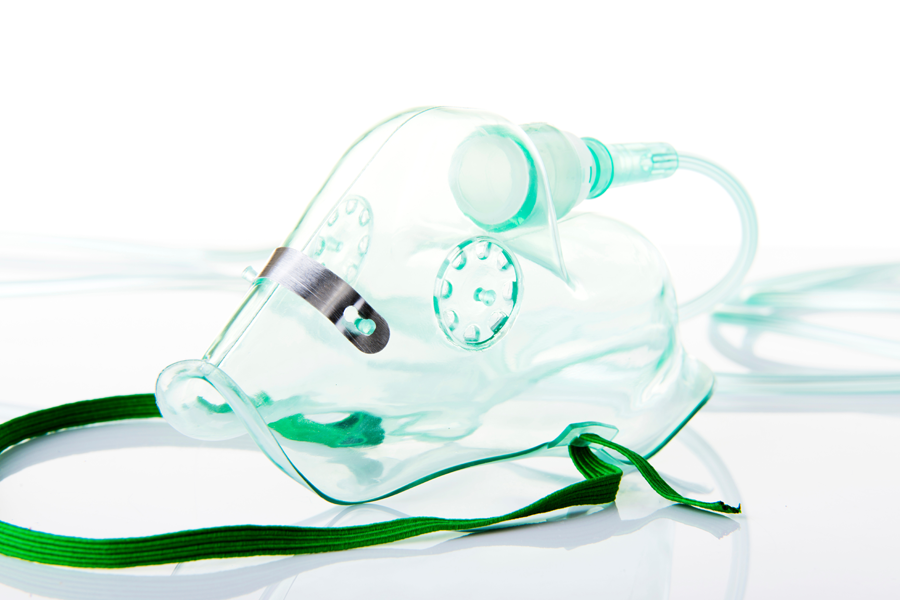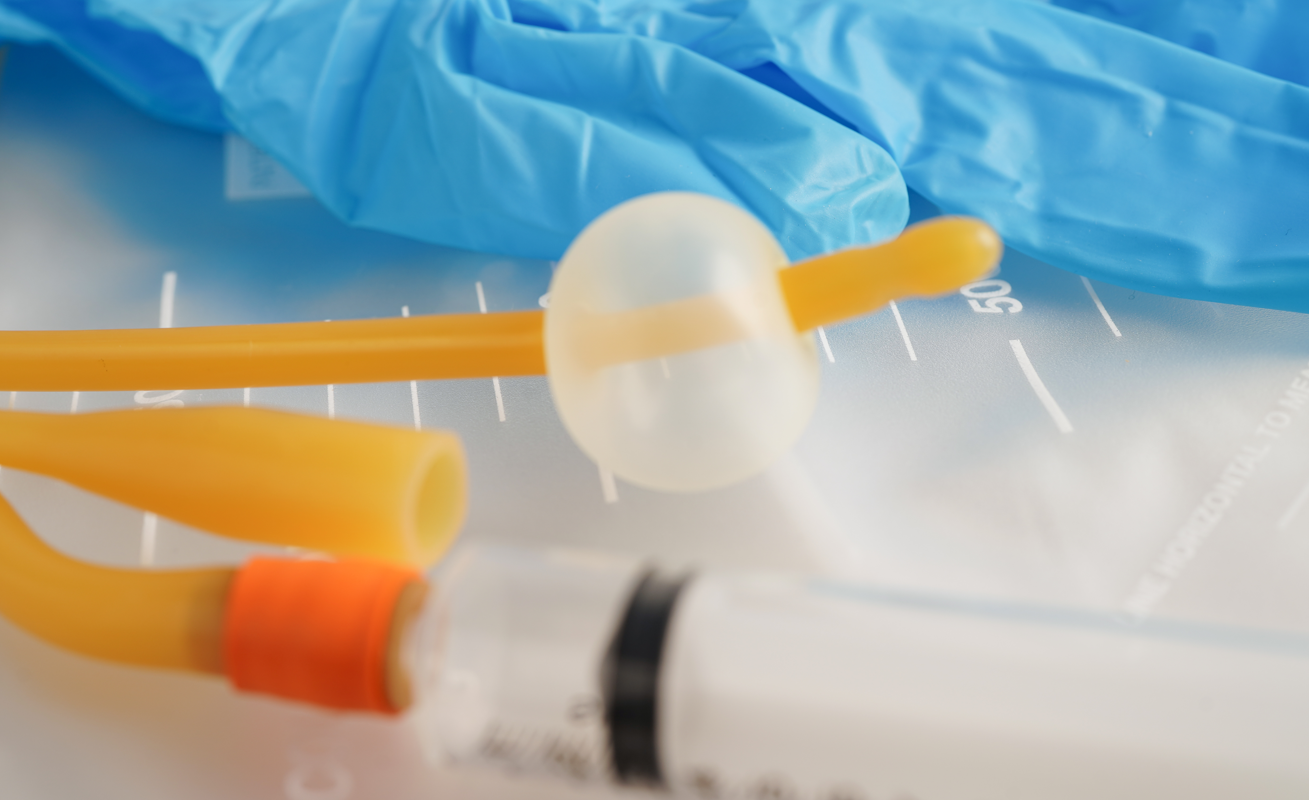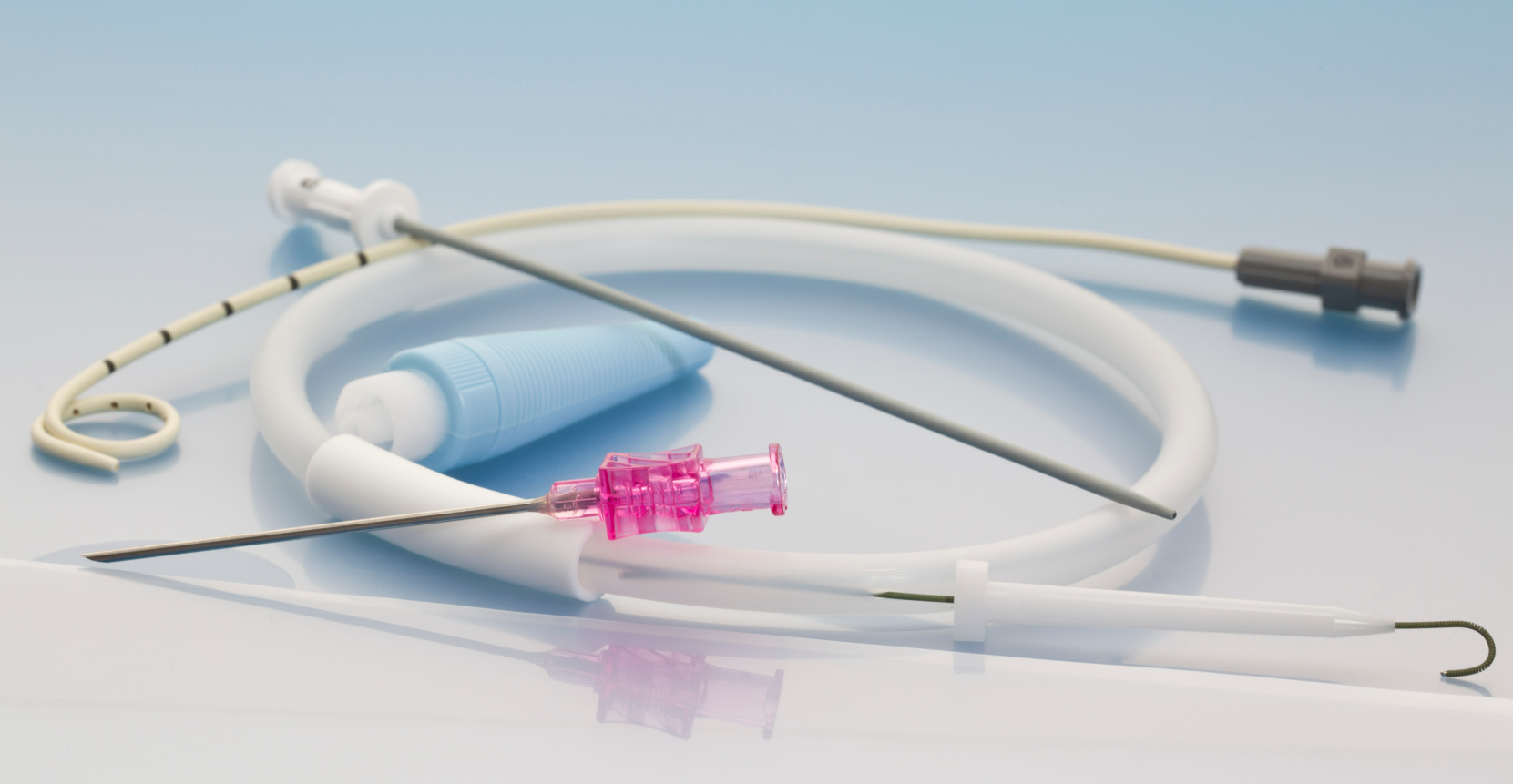
Oxygen Mask
Device Type: Anesthesiology - Therapeutic
FDA Description:
An oxygen mask is a Class I medical device used to deliver supplemental oxygen to patients experiencing respiratory distress or requiring oxygen therapy. It is made from medical-grade materials, ensuring safety and comfort, and is regulated by the FDA for compliance with performance and biocompatibility standards.
General Description:
An oxygen mask is a medical device used to deliver oxygen from a supply source directly to a patient’s respiratory system. Designed for use in hospitals, emergency settings, and home care, oxygen masks are essential for managing conditions such as hypoxia, chronic obstructive pulmonary disease (COPD), and acute respiratory distress.
Constructed from lightweight, medical-grade plastics, oxygen masks are designed to be comfortable and form-fitting. They typically cover the nose and mouth, with elastic straps to secure the mask to the patient’s face. The device connects to an oxygen supply through tubing, ensuring consistent and controlled delivery of oxygen. Some masks include adjustable flow valves or vents to regulate oxygen concentration and accommodate different therapeutic needs.
Oxygen masks are available in various designs, including simple face masks, non-rebreather masks, and venturi masks, each tailored for specific clinical requirements. Their design emphasizes patient comfort, ease of use, and compatibility with oxygen delivery systems.
Tested for biocompatibility and durability, oxygen masks meet stringent safety standards. Disposable or reusable options are available, catering to diverse patient and healthcare provider needs. By ensuring reliable oxygen delivery, these masks play a vital role in respiratory care across various medical settings.
Oxygen Mask
General Report
Project Overview
Cost & Time Estimates
Development Complexity
Technological Readiness
Regulatory Approval
Market Potential
Development Phases & Milestones
Resource Allocation & Team Involvement
Risk Mitigation Strategies
Investment & Financial Outlook
Feasibility
Understanding Your Feasibility Score
The Feasibility Score bar provides an assessment of your project’s path to market, with higher values indicating lower complexity and fewer anticipated obstacles.
- 0 - 39 (Low Feasibility): This range suggests that the project may face significant challenges due to high complexity or extensive requirements. Additional planning, resources, or risk mitigation strategies will be necessary.
- 40 - 74 (Moderate Feasibility): Projects within this range indicate a moderate path to market. While the overall complexity is manageable, some areas may require refinement or further development to ensure project stability and success.
- 75+ (High Feasibility): A score in this range indicates a relatively straightforward path to market, with low complexity and minimal additional work expected. This project is well-positioned to progress smoothly.
The Feasibility Score is a general guide, not an absolute measure of project success. We recommend using this score as part of a broader assessment and considering additional expert guidance for a comprehensive evaluation.
Cost & Time Breakdown
Phase I
Phase II
Phase III
Phase IV
Phase V
Disclaimers & Limitations
- Generalizations: This report provides a high-level overview based on standard assumptions and does not account for unique device characteristics. Actual costs, timelines, and risks may vary significantly depending on the device's design, use case, and target market.
- Assumptions of Device Class and Use: Assumptions were made regarding the device's classification and intended use. These assumptions can impact regulatory requirements, costs, and timelines. Specific regulatory pathways, for instance, may differ based on the device's risk classification and market entry strategy.
- Market and Regulatory Dynamics: Regulatory requirements and market conditions are subject to change. The report's cost and timeline estimates may be affected by evolving regulatory landscapes, standards, or unforeseen market dynamics, which could delay approval or require additional testing.
- Risk Assessment Limitations: Risk levels and mitigation strategies are based on general device categories and may not fully address specific technical or operational risks unique to the product. Thorough risk assessments should be tailored to the device's complexity, materials, and usage.
- Development Phases and Milestones: The development phases outlined here follow a typical medical device development pathway, but real-world project phases may overlap or require iteration due to unforeseen challenges or design changes.
- Cost and Timeline Variability: The cost and timeline estimates are based on standard industry benchmarks but do not account for project-specific adjustments. Factors like unexpected technical challenges, prototype iterations, or regulatory re-submissions can significantly impact final costs and schedules.
- Reliance on Industry Standards: The report relies on common industry standards for development and testing. However, additional standards specific to certain device features or regions may apply, affecting compliance requirements and associated timelines.
- Testing and Validation Scope: Testing and validation requirements are generalized. Devices with novel materials, complex electronics, or unique features may require additional, specialized tests, potentially extending both cost and duration.
- Supplier Chain for Complex Equipment: If your device includes advanced 'add-in' equipment like sensors, lasers, pumps, or vision systems, etc., the development timeline and associated costs will require a custom report.
.png?width=4200&height=441&name=Zewski_Report%20Logo%20(Shirts).png)

